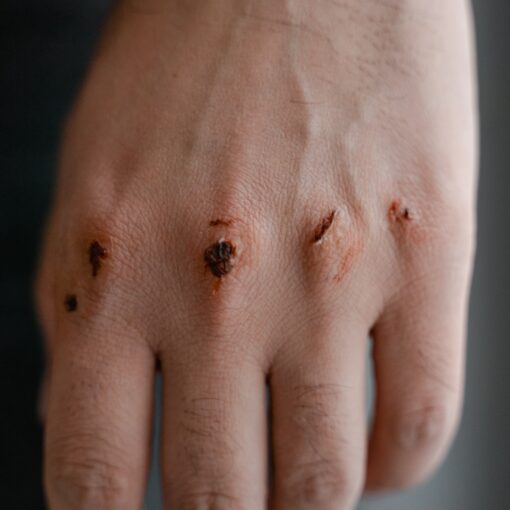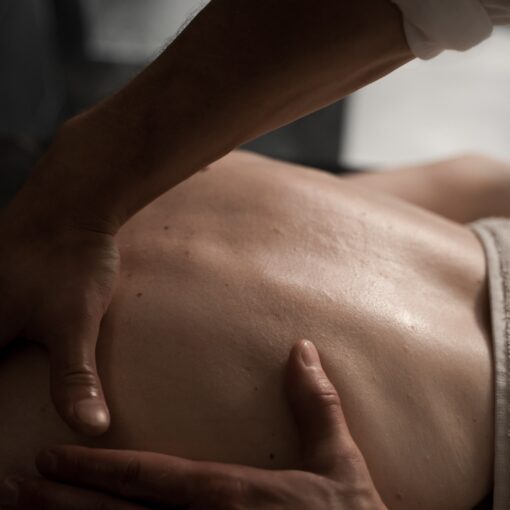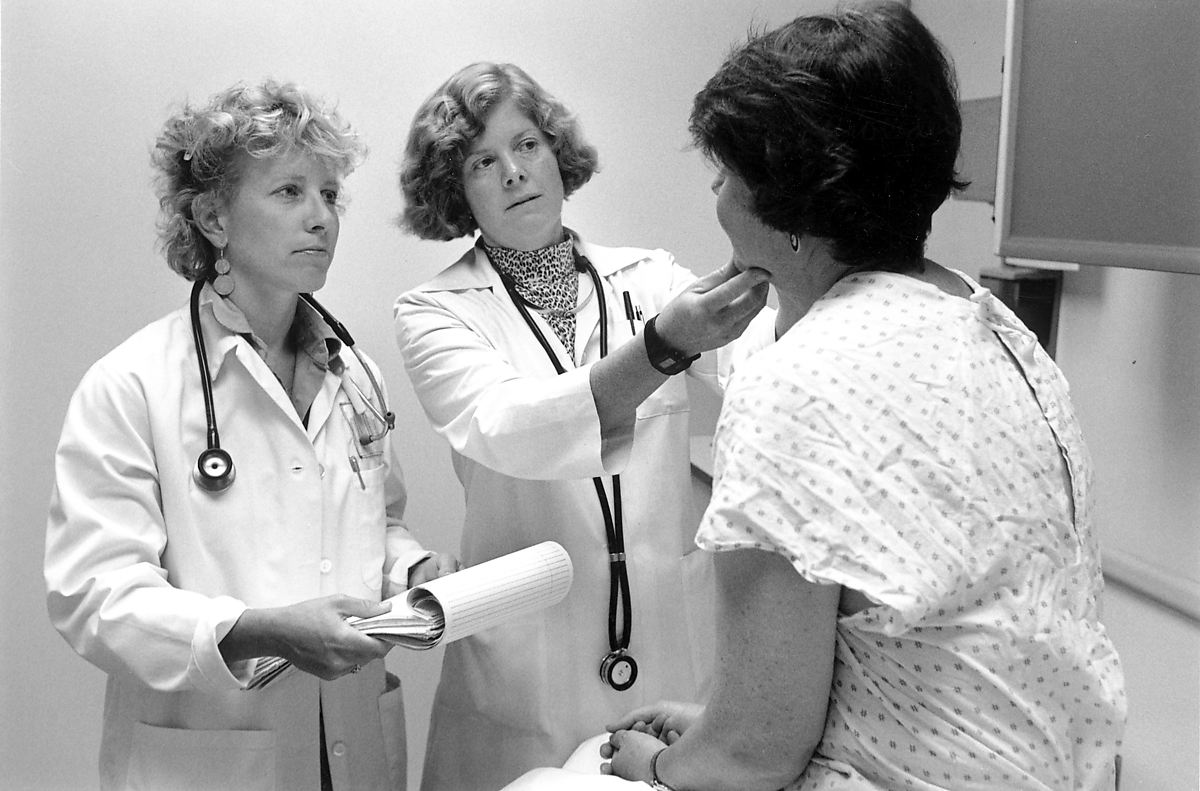If you’ve never had a massage before, especially for therapeutic work, the idea can be intimidating. If you want to make sure you’re getting the most out of your time, consider the following guidelines to help choose the best therapist.
Gather Information
Find out what experience your therapist has, especially in your problem area or type. There are many different modalities of massage, and a therapist should be able to tell you what their particular certifications are best suited to treat. Don’t be afraid to ask for references; a happy client can tell you more about how they approached a problem from the end you’ll be on.
YOU are in Control
While a therapist may suggest a plan of action, any course of treatment is based on the average reactions given your condition, age, activity level, and a number of other factors. Let them know if something works very well, or if you have a reaction to a particular oil or specialized treatment modality, or even if you aren’t up to the same intensity of work this session.
Attire
Wondering how far to get undressed is probably the most common question when receiving a massage. During the massage your body will be covered with a sheet or blanket except for the area being massaged. We ask that you undress to your level of comfort so that you are relaxed and comfortable during the massage. This means that undergarments may be left on if you do not feel comfortable taking them off.
Often for therapeutic work it may be possible to wear running shorts and even tanktops or bras.
Communication
It is important to establish good communication with your therapist. Never be afraid to tell your therapist that you need more or less pressure, a warmer or cooler environment, softer or louder music, or a need to change your original plan. These comments are expected by your therapist and will have a direct effect on your getting the most out of your massage.
Breath & Relaxation
Pain from therapeutic work often causes us to involuntarily hold our breath. Instead, focus on deep breaths to encourage the body flush oxygen and other needed nutrients through the body. Deep breaths also trigger nervous system responses that relax tense muscles, allowing your therapist to get a little more flexibility and depth during the course of your massage.
More questions? We’re happy to help. Email us at becca@essentialtherapync.com




